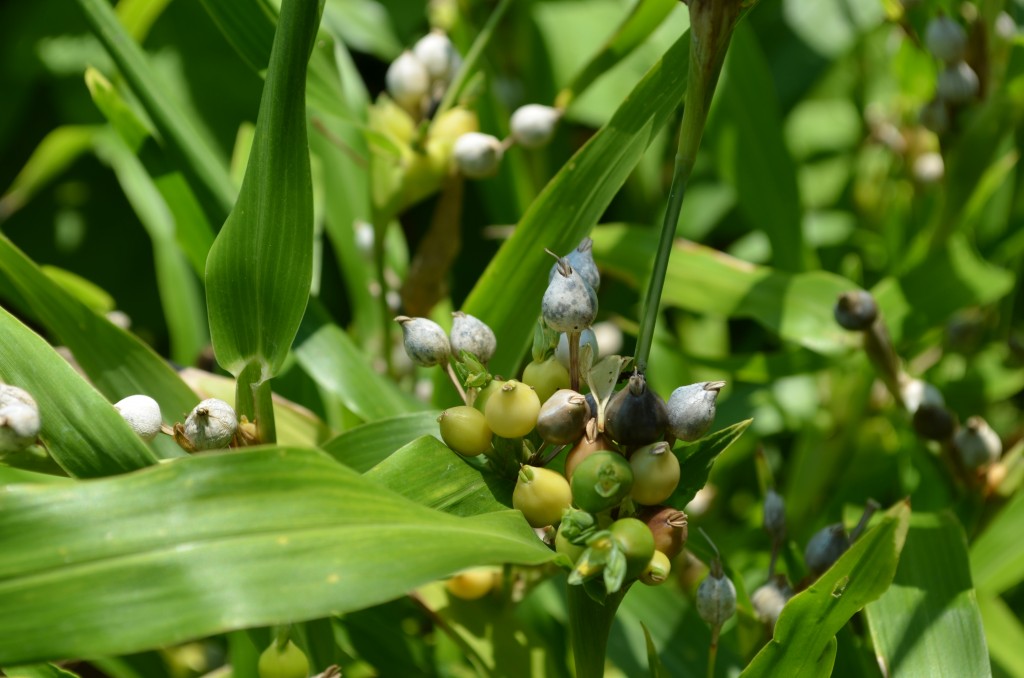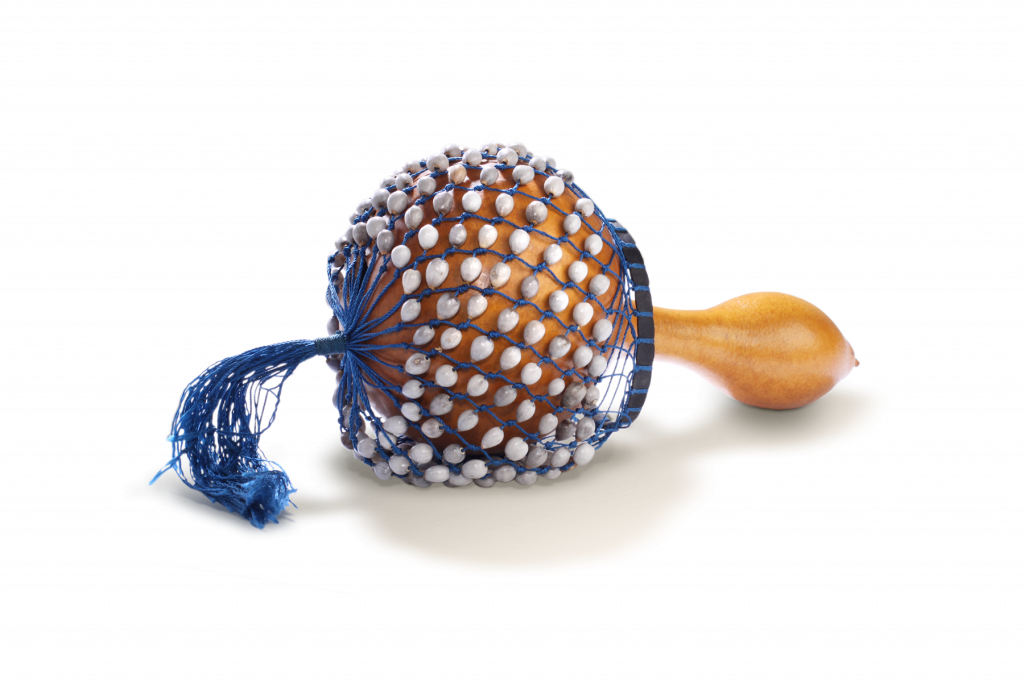Nature’s Perfect Bead
Legend tells us that when Job wept “tears unto God,” his tears fell to the ground, but were not wasted, for each drop grew into a tall, ornamental grass bearing seeds shaped like hardened tears. For thousands of years, these plants have been grown with their seeds harvested for food and decorative beads. Job’s tears (Coix lacryma-jobi) are grains that are a source of food (cereals) and folk medicine. It is native throughout Southeast Asia and is grown as an annual at Lewis Ginter Botanical Garden.
Seeds are ripe when they turn black and harden as their color fades to a warm gray. A luster develops as they are handled and absorbs the body’s natural oils. A hole forms in the seed naturally and needs only to be encouraged with a needle for a thread or wire to be passed through. The dried, gray beads are strung into necklaces throughout tropical regions of the world. These seeds are non-toxic, not treated with any chemicals, and display their natural color.
Another remarkable use of Job’s tears is for musical instruments. Shaker gourds are one of the earliest musical instruments, and the loose net is strung with hundreds of Job’s tears. As the net hits the hollow gourd, a loud shaker sound is produced. These instruments are very popular in Western Africa.
If you would like to grow your own beads, a source for purchasing seeds is seedsavers.org. Select a well-drained area with full sun and good garden soil and plan to sow the seeds in spring after the last frost date in your area. Sow each seed 1” deep and 2” apart. Soaking the seeds for 24 hours before planting will speed germination.

